Understanding the Process of Dies, Punches, and Blades Production for Punch and Shear Machines
September 11, 2019During a punching tool’s short journey, it strikes down, penetrates or indents a sheet metal workpiece, and then it retracts so that it lines up with its next strike. The whole process is over in less than a second. With dies, a more complex tool geometry adds shape to the strike zone. Blade tool functions are fairly self-explanatory. A shearing mechanism, two centre-jointed blades, cut straight lines through metal sheets.
Understanding Opposing Tool Forces
None of the above is new. Punching, stamping, shaping and cutting tools go through a sequence, then they return to point one in that multi-point sequence so that a tooling operation can repeat. As pointed out in past articles, this journey is not incident-free. There are at least two forces in play that trigger tool stressors as soon as contact is made between a workpiece and the leading edge of a punch, die or shear blade. The first trigger event is caused by the impact, by the compressive energies that ramp up as a tool makes contact. After the punch hole and slug ejection phase, or the metal shaping, cutting operation initiates, there are material tensile strengths to overcome. In other words, these tools “scrape” through the flanks of the sheet metal while making their strokes.
Adjusting Punch and Shear Machine Strokes
So there are two distinctly different stroke resisting factors in play. For contact resistance, that initial compressive stressor is counteracted by using sharpened edges. Those biting, slicing material-piercing extremities punch or shape, shear or combine any two of these fabrication processes. Of course, to maintain that sharp, compressive edge and overcome the resistance of a sheet metal part’s microcrystalline structure, tool vendors source super-dense carbides, which are far stronger than the materials they’re designed to process. Moreover, tungsten carbide alloys can shrug off frictional energies, as caused by a workpiece’s tensile strength. The depth and flank grain of the sheet may generate heat and flank rubbing, but the tool alloy holds firm all the way through and back to the retraction phase.
By understanding these conflicting forces, tool manufacturers gain an insight into the various stressors that tear at their tools. That’s how they formulate stroke maximizing solutions, such as back tapering punch profiles and frictionless die flanks. For shearing equipment, clean, straight edges are always desirable. But, since the tool makes long cuts, the two forces mentioned above become that much harder to offset. For one thing, metal plasticity is a factor, with the cut zone bending because of shearing stress. Really, if a clean shearing incision is to parallel a high-tolerance blank punch or die shaping operation, fabrication professionals must understand the forces that oppose tooling strokes.
Optimized by: Netwizard SEO


